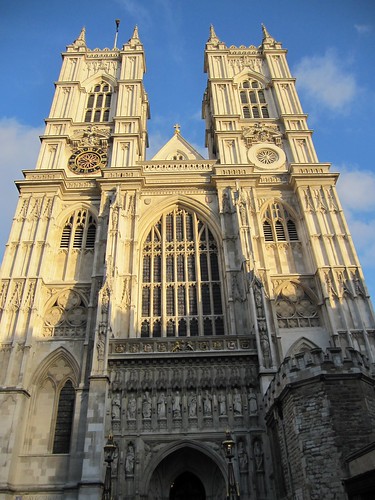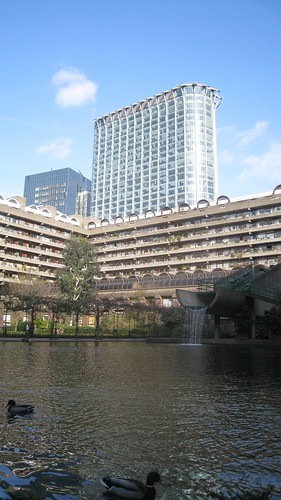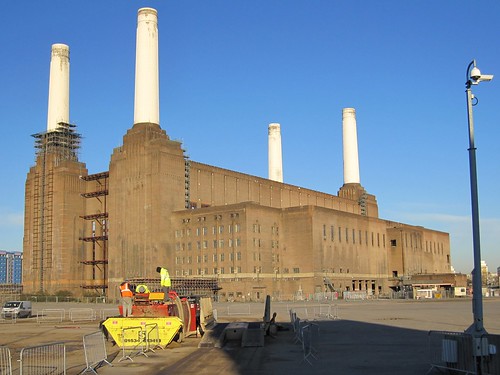It wasn’t until recently that I discovered why, on a good
night, I was able to cycle so fast for a lot of my journey home. I’d previously
noticed only that south London Kennington Park Road
It has been one of the joys of my ten-and-a-half years of
cycling in London Covent Garden is cut off from Holborn or Old Street
Cycling has also, however, led me to encounter so many
ghosts from the city’s past – from its foundation under the Romans to its last
hundred years of struggle against adversity - that it feels almost human to me. Londinium, Lundenwic, Lundenburh or London
The story began in periods of history that archaeologists’
trowels are only slowly unearthing. It has continued up until events that I
have witnessed and reported upon. It will continue in all likelihood when I am
as forgotten as the millions of others who have come to London
 |
| Westminster Abbey: inspires awe, but not much reverence |
It’s probably fitting that I never come across much from a
while after the era of London Tower
of London – a fortress built amid a
still not wholly-tamed England monument of Charterhouse Square London
I often swing to the right near the square when returning to
the office from north of the City. It’s one of the tranquil, genteel oases
still hiding among the office towers and bustle of the world’s leading
international financial district. But the square has properly occupied my
attention only since I read, a few months ago, about its role in the Black
Death. The site of the square, I discovered, had been a mass grave, filled in
1348 with the bodies of tens of thousands of
Londoners. Half the city’s inhabitants died.
 |
| The Barbican:full of Black Death ghosts trapped, possibly, in the impossible-to-navigate walkways |
I was seized with a mental picture of some prosperous woman,
just widowed but feeling the disease’s first symptoms herself, knowing she
might have as little as a day to write her will. The story didn’t play out in
my mind, however, among the muddy, chaotic streets of plague-ridden, 14th
century London Aldersgate Street
The city would heave itself up on the ringside ropes after
the Black Death, nevertheless, suck in more newcomers and carry on. The neat
Tudor brickwork of the Archbishop of Canterbury’s Lambeth Palace, which I swoop
past on my way from home to central London, reminds me of a high point – when England’s new self-confidence first led the country
to look far beyond its shores.
Yet the ghosts of the people have more power to surprise my
unwary emotions.
 | |||
| St Paul's churchyard:look closely and the New Model Army is trudging up the hill towards you |
It was outside my son’s nursery that I suddenly found myself
amid the English Civil War. I haul him most mornings in a trailer to the
nursery, in a Clapham church. I detach the trailer for his nanny to bring home,
kiss him goodbye and prepare to head off. Then, as I retrieved my bike one
morning, my eye happened on a new notice. It explained how the churchyard had
received the area’s plague dead. It had also subsequently expanded to hold the
Roundhead dead from the Civil War battle of Battersea marshes.
 |
| Battersea Power Station: art deco amid Civil War ghosts |
I could see from where I stood modern Battersea, below the
hill I sometimes freewheel down en route to Chelsea Telecom Tower
It’s not the only reminder of 17th century
tragedy I encounter. A pedal up the steep cobbles of Pudding Lane
 |
| St Paul's: Sir Christopher Wren gives possibly the finest two-finger salute in history to fate |
However, London not only
recovered from those twin catastrophes but showed it with the monumental bulk of
St Paul
Then again, a lot of what I encounter from the next two centuries reeks of audacious confidence. The neat Georgian terraces I cycle between onKennington Road
Then again, a lot of what I encounter from the next two centuries reeks of audacious confidence. The neat Georgian terraces I cycle between on
 |
| The Cable Street mural commemorates the battle: you have my permission to think it sentimentalises a complex event. |
Nevertheless, it’s the smallest scars – the points, like the
ones on my own street, where one or two post-war houses intrude into a
Victorian terrace – that bring home the human drama. As I pedal
past such spots, I imagine how a bomber,
full of frightened young men desperate to make it back to Germany Europe ’s last big,
free, democratic city. It must have been impossible for the bereaved not to wish that the bomb had fallen somewhere else, on a house not full of their loved ones or their possessions.
Those events are easier to understand, of course, because
they remain in living memory. A video showing at the Museum of London
But I appreciate the past traumas all the more because of a
memory of my own. I was standing in the street by Edgware Road
It made me warmer towards London London
This isn’t, I hope, to sentimentalise a city that’s probably
been hard work since the Romans first spotted a good place to cross the Thames . Londoners rioted murderously against
giving Roman Catholics civil rights, backed the blackshirts as well as the
resisters at Cable Street and used sometimes to hang signs reading “no dogs, no
blacks, no Irish” in boarding house windows. Many of my fellow Londonders, as I’ve argued before on this blog, currently need to revise their attitude
towards cyclists.
But, even when the streets teem with the super-efficient
bikes of the future, such a big, intense city will never achieve perfection.
There were, presumably, rows once between Roman wagoners and charioteers over
priority in Londinium’s cramped streets. The first cyclists, I imagine, were
abused for scaring the horses.
Yet, if it’s a flawed work in progress, it’s at least a work
in progress built by now on the rich experiences of tens of millions of my
forebears, people whose traces are there for anyone who pays attention to see.
I shall look around, next time I’m the target of some taxi driver’s or white
van man’s rage, for such a sign and imagine the person who left it. “Forget
it,” he or she will tell me, “the city will long outlive you both.”
My commute takes me along London Wall. On foggy nights you can hear the tramp of the Roman legions...
ReplyDeleteWhat a beautiful picture, Rosamundi. Thank you so much for that comment. It makes me realise I hadn't really thought about the sounds...
DeleteBrilliant!
ReplyDeleteDee,
DeleteThank you. I can honestly say this is quite my favourite kind of comment.
Invisible.